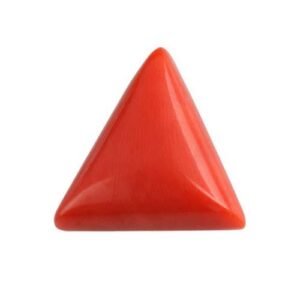
Origins and formation
Unlike mineral gemstones mined from the Earth, red coral is a biogenic material created by tiny invertebrates called coral polyps.
- Over hundreds of years, these marine animals secrete hard, branched, skeletal structures of calcium carbonate to form a colony.
- When harvested and polished, these structures become the vibrant red gemstone used in jewelry.
- High-quality red coral is predominantly sourced from the Mediterranean Sea (particularly Italy and Sardinia) and the Pacific waters of Japan and Taiwan.
Astrological and cultural significance
Across different cultures, red coral, also known as Moonga or Povala, is believed to offer powerful benefits and protection.
- Vedic astrology: It is associated with the planet Mars (Mangal), which represents energy, courage, and vitality. Wearing a red coral stone is thought to counteract the negative effects of Mars, reduce aggression, and boost self-confidence. It is especially recommended for Aries and Scorpio, which are ruled by Mars.
- Ancient Romans: Believed that branches of coral could protect children from harm.
- Tibetan culture: Revere red coral as a symbol of life force and vitality.
- Italian culture: Considered a good luck charm, particularly against the “evil eye”.
- Yoruba and Bini peoples (West Africa): Red coral jewelry signifies high social rank.
Symbolic meanings
Red coral is frequently associated with a range of attributes:
- Vitality and life force
- Passion, love, and fertility
- Protection from negative energies
- Courage and confidence
- Success and prosperity
Properties and care
Red coral has unique physical characteristics that distinguish it from other gemstones.
- Hardness: Measures 3 to 4 on the Mohs scale, making it relatively soft and susceptible to scratching.
- Vulnerability: It is sensitive to heat, acids, and harsh chemicals, which can cause its color to fade.
- Care: To maintain its quality, red coral should be cleaned gently and stored away from other jewelry to prevent abrasions.
Rarity and ethical concerns
Authentic, high-quality red coral is rare, with the deepest “Oxblood red” being the most prized and valuable.
- Due to slow growth rates (about 1 cm every 10 years) and overharvesting, precious coral is a limited resource.
- Strict regulations and conservation efforts are in place to ensure sustainable harvesting, which occurs in designated areas at certain times of the year.
- For these reasons, untreated red coral is highly sought after and more expensive than treated or imitation varieties.

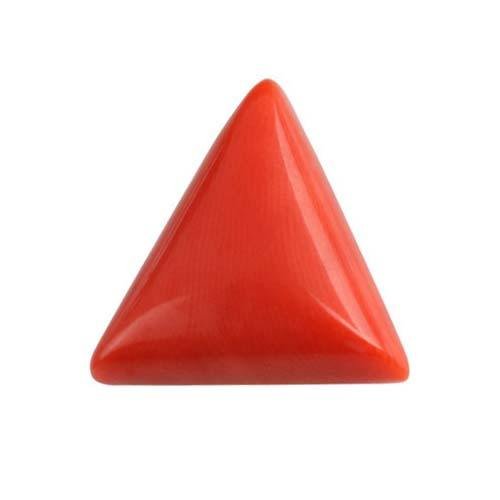

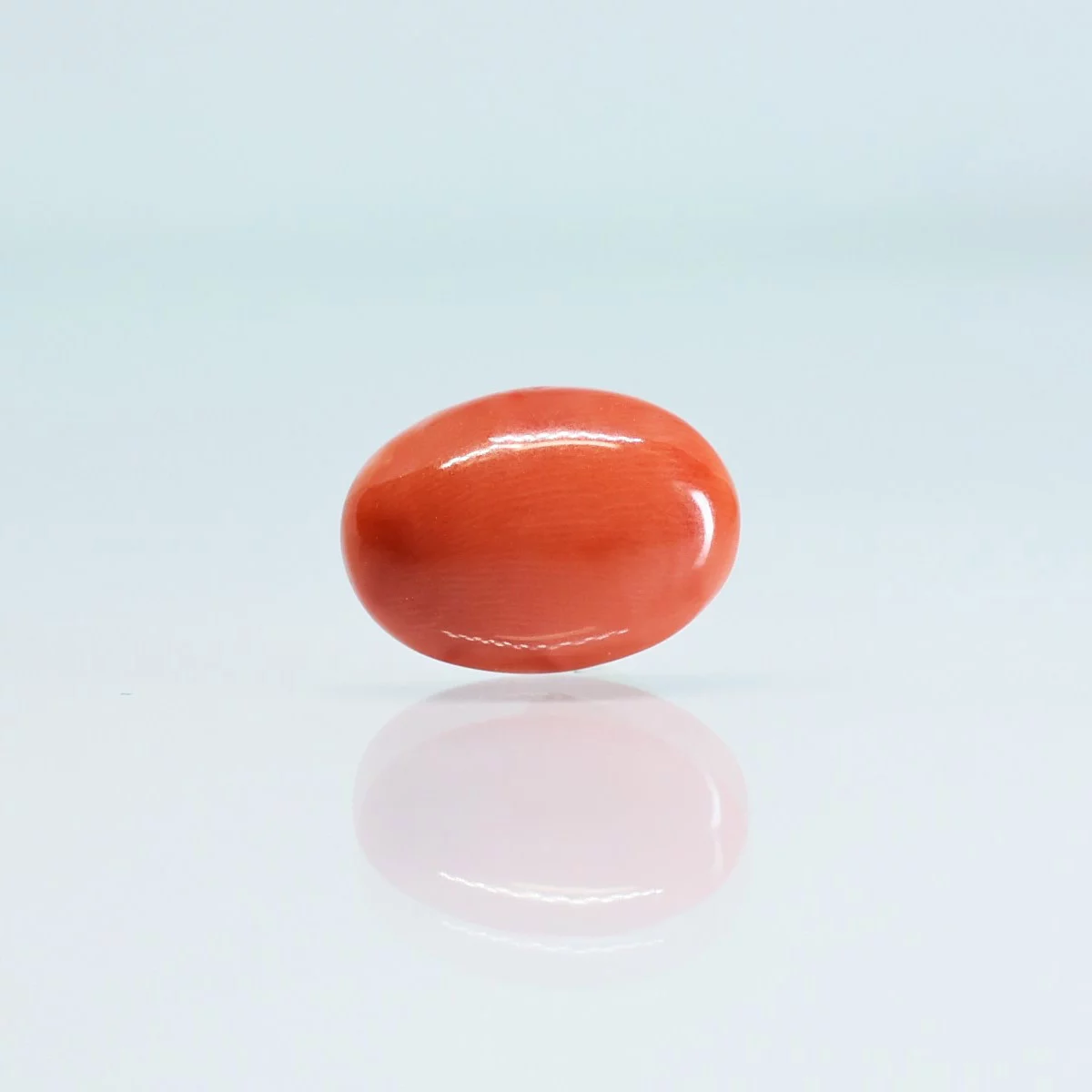

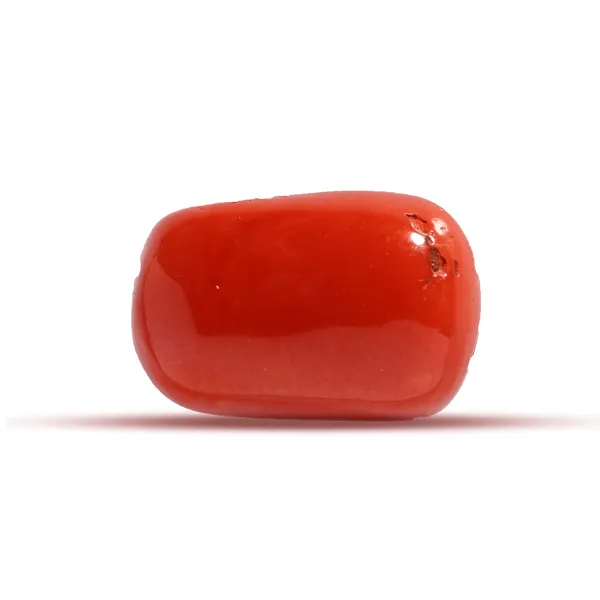
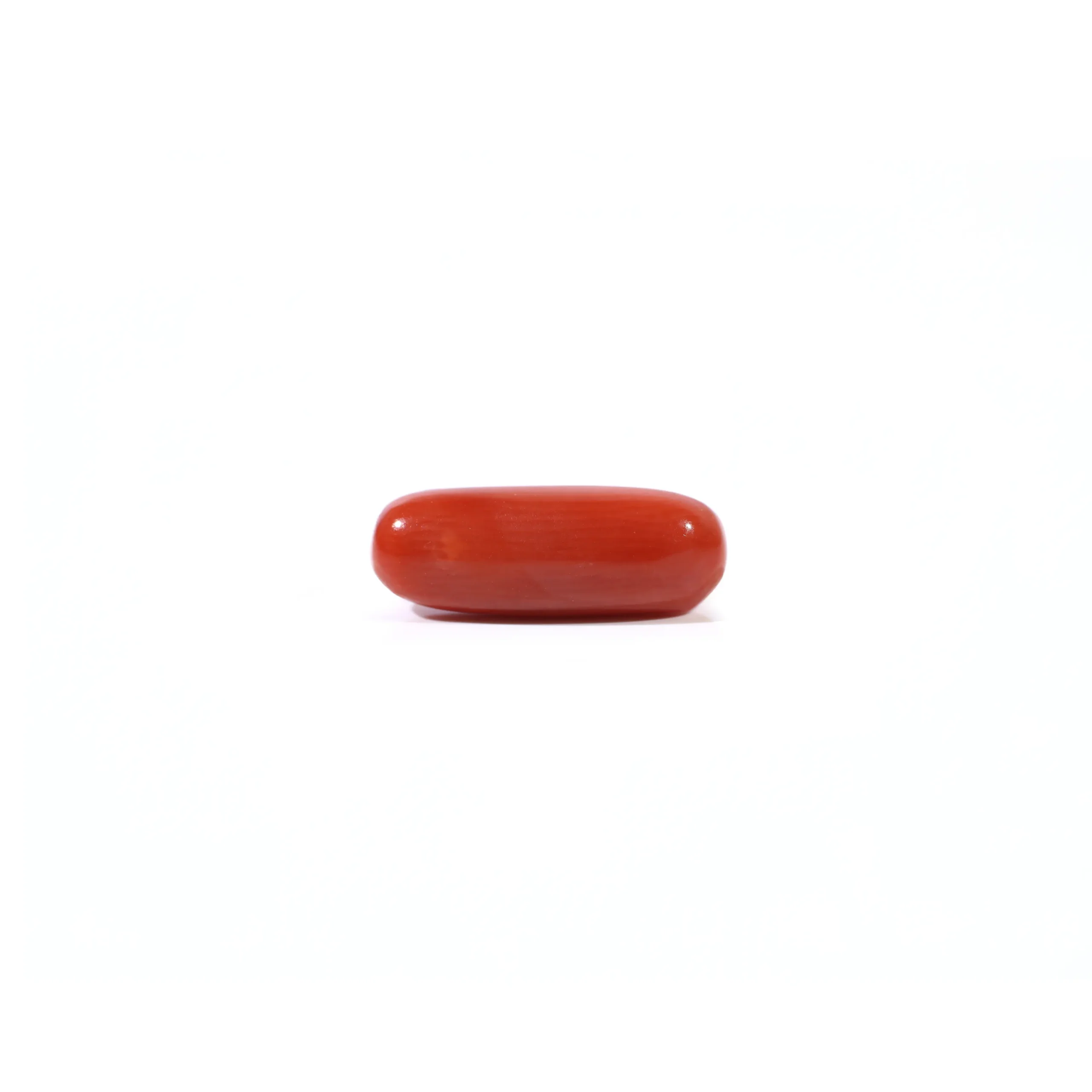
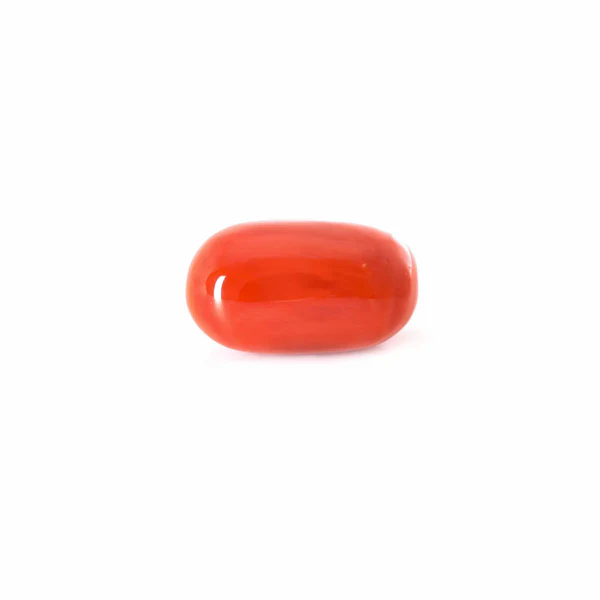
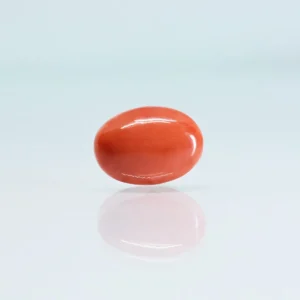

Reviews
There are no reviews yet.